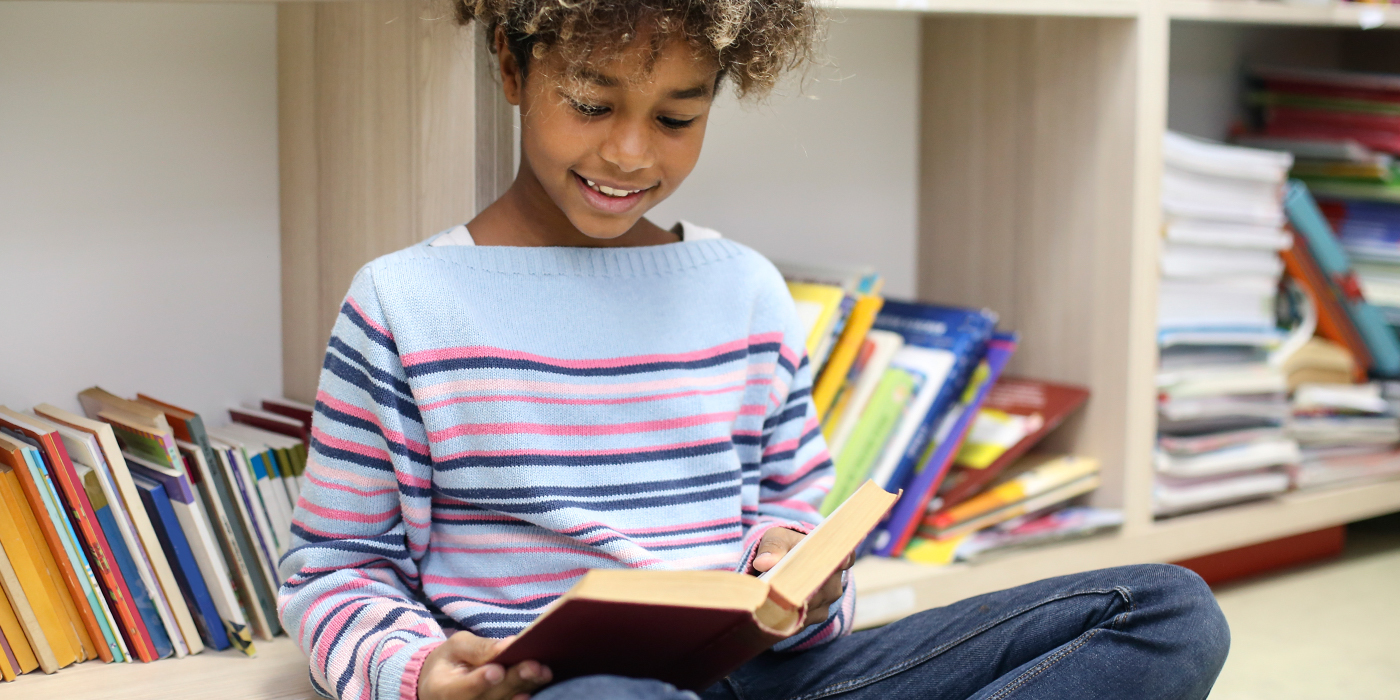Establishing reading goals can set the tone for the kind of reading work you expect from your students—and what they expect from themselves.
As you go through the school year, discover 100 books your students will love or the books in these Super Saver collections, and try the below six smart steps for planning to set reading goals with your class.
Plus, check out these professional development resources to help bring out your class's full potential.
1. Discover Their Reading Identity
How do you get your students to really understand what they need to work on and set appropriate goals? Start with a question! In order for students to know where they’re going, it’s helpful to ask them, “Who are you as a reader now?” These conversations can be facilitated through surveys, reflections, or in one-on-one or small group discussions.
This is a powerful sneak peek for you to learn how your students view themselves as readers and what barriers they might face.
2. Discuss Goal Setting Together
It can be valuable to begin the conversation about goal setting with a read-aloud. For grades K-2, try using a picture book like Leo the Late Bloomer. This is a great book to start conversations as kids identify with Leo’s struggle to learn to read, write, draw, and speak.
For older students, try initiating the conversation with Thank You, Mr. Falker. It can be helpful to discuss what readers, including your students, struggle with. (Keep tissues close at hand!)
3. Partner to Personalize Their Goals
Reading goals are personal and, depending on what students have uncovered about their current identity as readers, many might have unique goals. If a student does not know how to choose a book they’ll like or does not read outside of class, this knowledge can factor into their goals and determining what will challenge them to grow as readers.
Example goals might be to determine what books they do like to read, to discover more books to add to their reading list, or to build up reading stamina in reading longer books.
4. Complete a Goal Form
A goal sheet helps students to record their personal reading goals. For younger students, this can include a space for students to draw how they visualize themselves as successful and happy readers. This example also includes sections to record each student’s unique goal and their plans to reach it.
5. Create Space for Daily Reminders
This process creates a wonderful opportunity to display student goals as a daily reminder in your classroom. Designate a bulletin board or central wall space to feature these goal forms or to track progress towards key milestones.
For classroom materials to prepare your bulletin boards, start here.
6. Plan to Support Your Students
Now that your students’ goals are established and proudly displayed in your classroom, there are so many ways to support them throughout the year. Taking stock of the goals of the class will help you to create the right plans to help them achieve (and exceed!) their reading ambitions. This might include:
- Partner work
- Literary circles based on similar goals
- Daily phonics activities
- Opportunities for group discussions
- Classroom booktalks
As students achieve their goals, don’t forget the final, and most important step—celebrating! We love the idea of a book review party when students can mark significant progress and share their favorite books with the class.
Shop books to support your students' reading goals below! You can find all books and activities at The Teacher Store.
